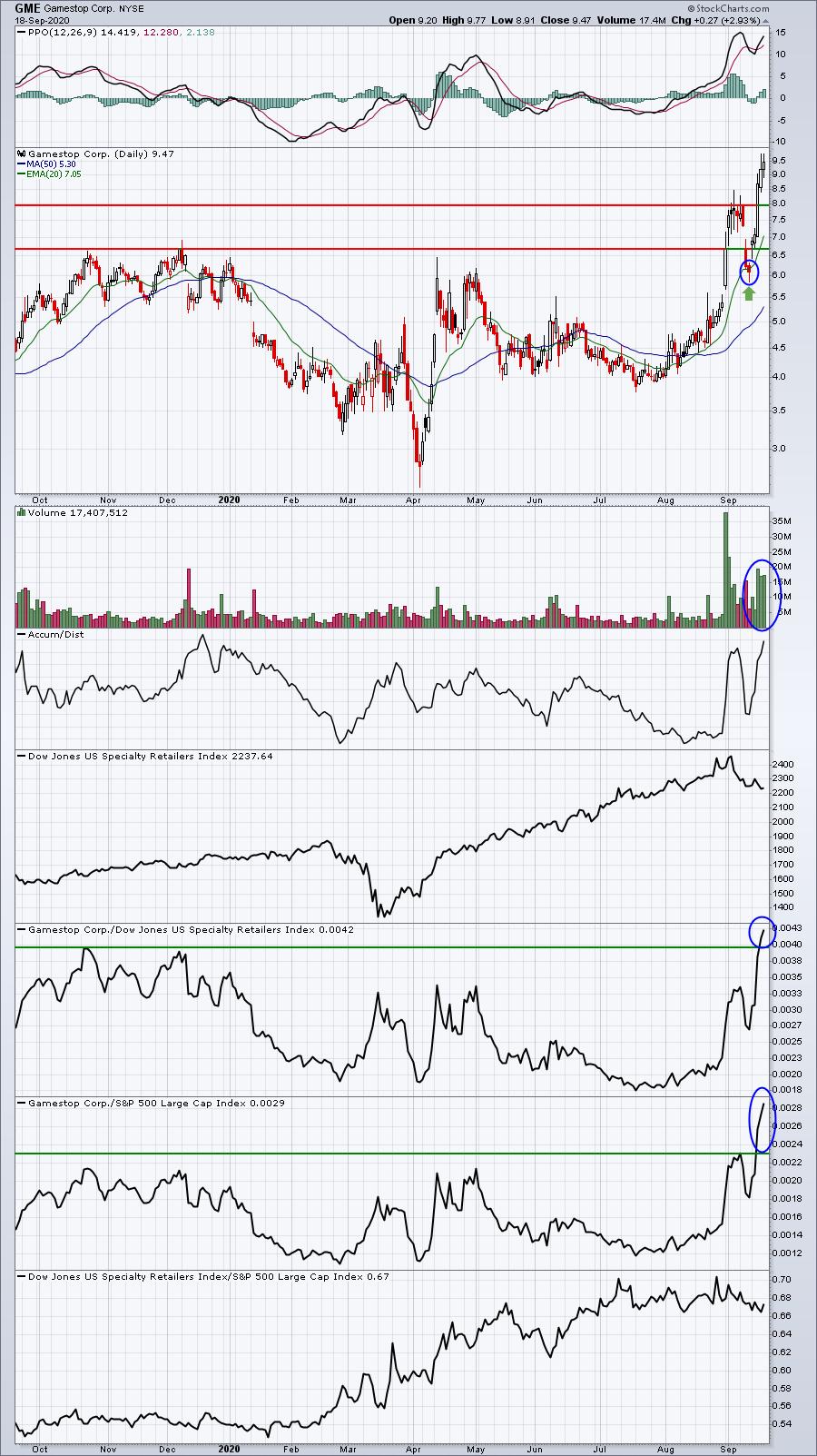Stocks that are heavily shorted are stocks that we should generally avoid. There are normally very good reasons, both technically and fundamentally, why a company has so many bets placed against it. Buying stocks that are not performing well simply because they're heavily shorted makes about as much sense as shorting companies showing excellent technical and fundamental strength. It's quite likely that your contrarian view will not pan out.
But.......
There are times when market participants simply get it wrong on the short side just as investors many times get stocks wrong on the long side. The difference, however, is that your risk is limited on the long side to the amount of your investment. In theory, a losing short position can result in unlimited losses. After all, if you buy 1000 shares of a stock at $20 per share, the most you can lose - if the company goes belly up - is $20,000. But what if you short 1000 shares of a company at $20 and it goes to $30? You lose $10,000. If it spikes to $50 per shares, your loss jumps to $30,000. What about if the strength continues to $100? $200? Hopefully, you get the picture. Losses can really mount on short positions and without limit. So you should be able to imagine the psychological damage inflicted during a short squeeze, when buyers literally trip over themselves trying to buy shares.
Enter Gamestop, Inc. (GME).
EarningsBeats.com members are well aware that GME is the most heavily shorted stock in the market. As of September 15th, GME had a short % of float of more than 101%. First of all, I thought this was an error because I didn't believe brokers would allow shorting of a stock to this level. But it's been like this for the past several short position reports. When a stock like this breaks out, many shorts have no option but to cover their short position, which triggers more buying. Then more shorts cover and we see more buying. Rinse and repeat. Visually, it begins to look like this:

A good analogy of a short squeeze is a surfer waiting to catching that HUGE wave. If you time it perfectly, it can be the most exhilarating ride of your life! I provided GME as a short squeeze candidate in our free EB Digest newsletter on Wednesday, September 2nd, just two weeks ago. It was trading at 7.65 at the time, but had its quarterly earnings coming up. After pulling back with earnings, GME printed a nice hammer on its 20 day EMA. It's been straight up since. I suggested to members that closing above 7.82 would likely trigger a big short squeeze. Check out the volume the past 3 days.
Last Friday, September 11th, I featured another short squeeze stock, Workhorse Group (WKHS), when it was trading at 22.39. One week later, it closed at 30.60. That's a one week 37% gain. Another wave caught.
The key, however, is that not all short squeeze candidates work out like these two. You have to do your homework, wait for the appropriate time......and POUNCE! Short squeeze candidates can produce a lot of volatility, so you must make sure that you're willing to take the risks necessary, but when you catch the right wave, it can make for a very exciting trade.
In Monday's EB Digest newsletter, I plan to release another Short Squeeze candidate that I'm watching closely, awaiting a key breakout. If you'd like to see the chart, and you're not already an EB Digest subscriber, you can JOIN HERE for free. Also, there's no credit card required and you can unsubscribe at any time.
Happy trading!
Tom






